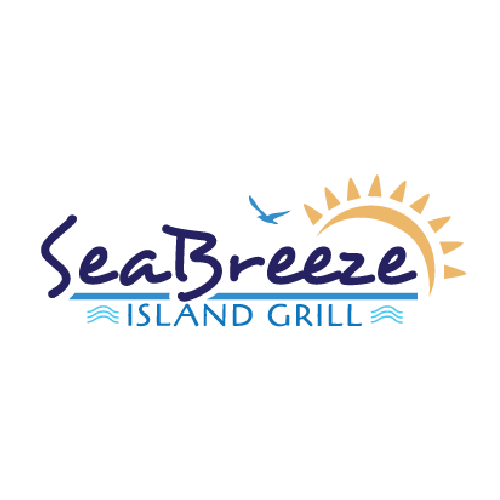Mollusk Mythbusting | Conversations with Chef Karl
The first time I tasted an oyster was my senior year at Florida State University. As an intern with the local planning department, I was attending an annual award event for entrepreneurs when from the corner of my eye I spotted a tent packed with ice and oysters.These oysters, being the variety found in the nearby Apalachicola Bay, had quite the reputation across Northern Florida. And I, being a Louisiana-bred Floridaraised boy, found this to be a compelling opportunity.
Truth be told, I had less interest in tasting the oyster than I did in slurping it off the half-shell, but after my first Tobasco-soaked mollusk, I was hooked. The sweet, briny flavor was refreshing and subtle – the perfect canva for hot sauce or saltines, but also something unique that could stand on its own.
It was my first and most authentic oyster experience. I would go on to enjoy a number of Oyster Po’Boys, but the deep-fried aberration had significantly corrupted the unique texture and flavor. Not until this most recent November did I again see the signature spread of oysters on half-shells in person, as part of Bon Appétit’s stunning Seafood Tower for Two. But as so often happens, the tempting thought of fresh, chilled oysters was suddenly disrupted by an article I ran across on Facebook, detailing the dangers of the delectable mollusk.
That’s when I decided to sit down with Chef Karl and get to the bottom of these mollusk myths.
Mollusk (Mis)information
JACOB: This article said that oysters can only be eaten in months with an ‘R’ in them, so from September to April – how true is this?
CHEF KARL:The reason for this is that the waters get warm in the summer months, leading to an increase in bacteria which can make them unsafe. This is also their breeding season, so unless [the oysters] are farmed in cold water, it is more difficult to find mature oysters in the wild.
JACOB: So in November, we brought back the chilled oysters and seafood tower – this is because they are safer to eat and more plentiful to obtain now?
CHEF KARL: Yes, they’re much safer to eat after summer and the threat of red tide has passed. We get our oysters from Louisiana and Texas, where the water stays colder for longer, and we also know the distributors and their practices. Once the weather gets warm again, we will take the oysters off our menu and return to our Lobster Festival menu.
JACOB: And what about other bivalves, like scallops and clams – how do these compare?
CHEF KARL: This is like asking the difference between pork, beef, and horse.
JACOB: So completely different?
CHEF KARL: Completely different. They all have to be handled with care, but since we opened in the 1970s, the popularity of seafood and the improved safety practices allow us to serve fresh, raw oysters with confidence.
A Rich History as Cheap Eats
It’s hard to believe, but there was a time when oysters were a more popular, plentiful, and inexpensive option than a common hamburger. Oysters have long been a staple of the North American diet, dating back to before colonization when Native Americans enjoyed the abundant and nutritious creature. When European settlers landed in the 1600s, they nearly ran aground on the expansive beds of oysters in Chesapeake Bay. For hundreds of years, the Eastern seaboard was home to local oyster delicacies, but technological advancements in the late 1800s opened the door for oysters to become popularized throughout the midwest United States. Between the newfound advances in transportation and refrigeration, cookbooks soon began to reflect the popularity and availability of the oyster. This availability wouldn’t last for long, however, for the bivalve craze reached a fevered pitch when overfishing depleted the population of this once plentiful protein.














